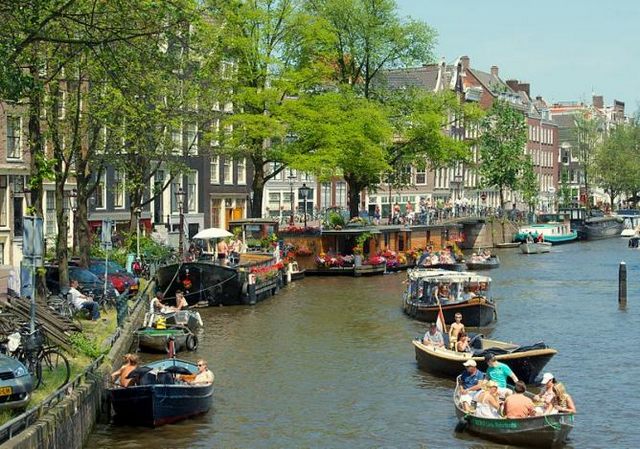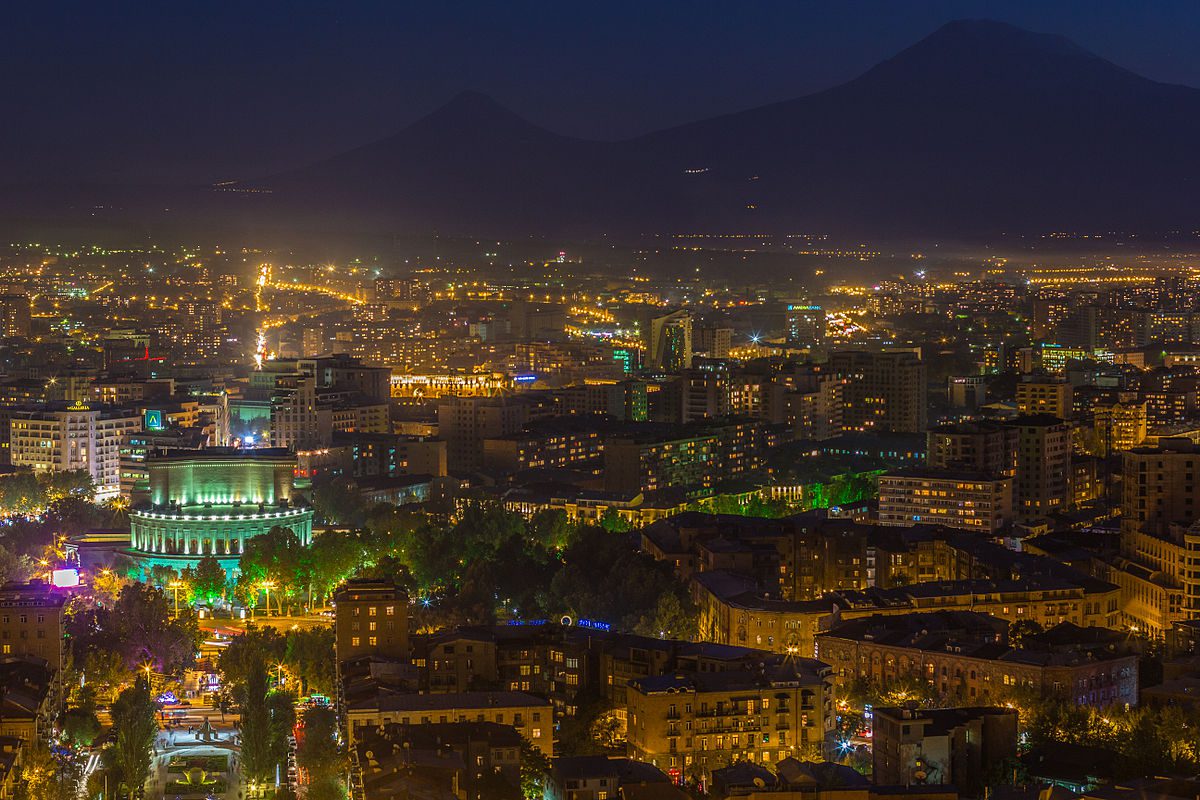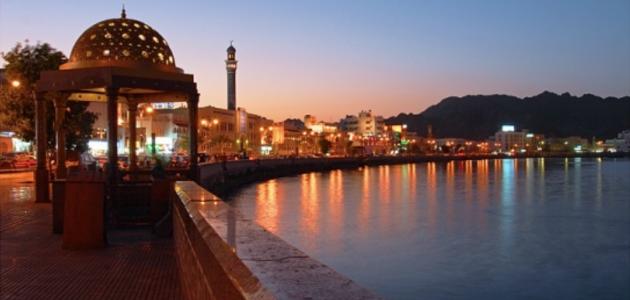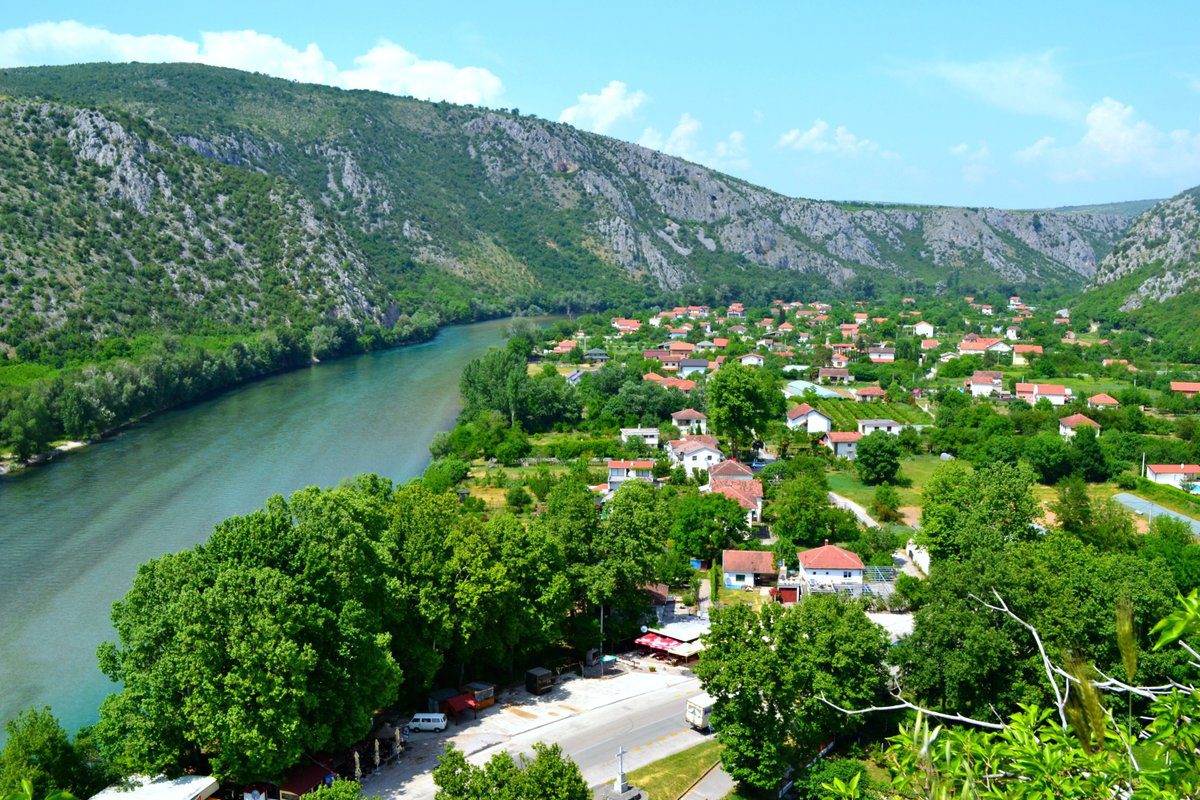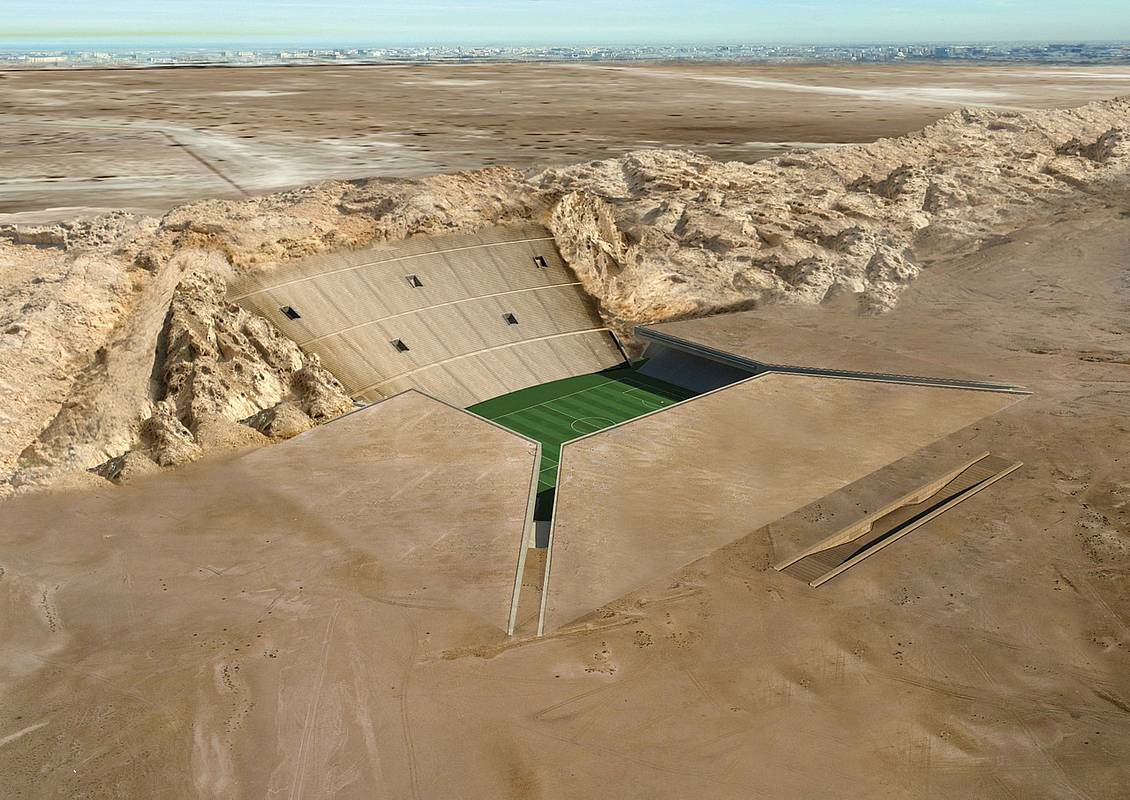Table of Contents
Tipasa
It is one of the Algerian cities founded by the Phoenicians, as it was one of the most important commercial colonies belonging to them, and the meaning of its name is the corridor, which is a word taken from the Phoenician language, and I called this name due to the fact that it was a corridor between the city of Algeria and the city of Eul, located geographically on the coast of the White Sea The Mediterranean is 75 km away from the western side of the city of Algiers.
Tipasa Effects
Tipaza contains many tourist, historical and archeological attractions, including:
- The Amphitheater: Which is located close to the entrance to the park, and is considered one of the first buildings to present itself.
- Temples such as: the new temple, and the unknown temple.
- The Mauritanian royal shrine, known as the Tomb of Rumiyyah, which is located on the road leading to the Sidi Rashid area. , Galleries, and building.
- Al-Halfhi Cemetery: Located outside the walls of Tipasa, it is a tomb belonging to the Basilica of Saint.
- Saint Salsa Church.
- The sarcophagus of Fabia salsa.
- The archaeological park, on the outskirts of the western tip of Tipasa, contains both a museum, a port, and landmarks.
- Almansa schedule.
- Holy Salsa Hill.
- The remains of the traces of colombibarium.
- The three churches are: the Great Basilica Church, the Basilica of Iskender Church located on the western hill, and the Saint Basilica Church of Salsa located on the eastern hill.
General information about Tipasa
- Tipasa was known as Carthage, and in the days of rule the city became a colony of Latium, and during the reign of Emperor Claudius, Tipaza became a colony of Rome.
- In the second century AD and the third century AD Tipasa had a great position in commercial terms, but it was not distinguished in the field of education and art.
- In the third century AD, the city became the seat of a number of Christian bishops, and in the same century the head of the false god statue was cast into the sea by Saint Salsa by throwing.
- In the late fourth century AD, the Tipasa population became twenty thousand people.
- The Vandal King Henrik in the year 484 AD sent followers of the Arian cult to Tipasa, and this led to the emigration of many of its inhabitants to the state of Spain by sea, as the Byzantines occupied the city in the year 534 AD, and after 523 AD the population who migrated to Spain returned to Tipaza .
- Tipaza was surrounded by a huge and great wall, as it is many kilometers long and contains thirty-seven guard posts.

